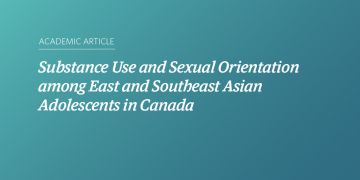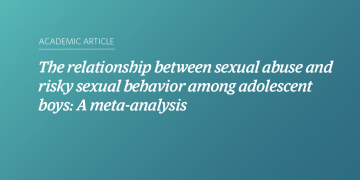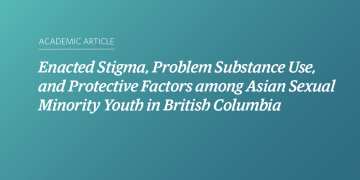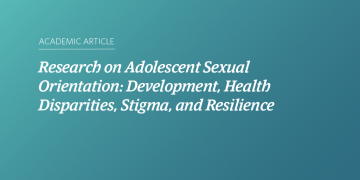Sexual-orientation disparities in substance use in emerging adults: A function of stress and attachment paradigms
Abstract More lesbian, gay, and bisexual (LGB) youths than heterosexuals report substance use. We examined a theoretical model to understand these disparities in lifetime and past-year substance use by means of stress and attachment paradigms, using the longitudinal Growing Up Today Study (GUTS) and Nurses’ Health Study II (NHSII). GUTS participants are the children of […]
Health for the World’s Adolescents: A Second Chance in the Second Decade of Life
The achievements since the 1989 World Health Assembly Resolution on the health of adolescents underpin this report. It synthesizes the progress made and the many lessons learned about rectifying the misconceptions about adolescent health, developing consensus on core indicators, better analysing the available data, strengthening the evidence base for effective interventions across a range of […]
From Hastings Street to Haida Gwaii: Provincial results of the 2013 BC Adolescent Health Survey
The 2013 BC Adolescent Health Survey was administered to almost 30,000 public school students across the province. It provides a comprehensive look at the health of youth aged 12–19. This is the fifth time students have been asked to complete the survey since 1992, and the regional coverage was the highest yet. Fifty-six of the […]
Sexual health and risk behaviour among East Asian adolescents in British Columbia
Abstract Despite the large number of adolescents of East Asian origin in Canada, there is limited research on sexual health among this population. A first step to develop strategies for sexual health promotion for adolescents is to document the prevalence of sexual behaviours. This study estimated the prevalence of sexual health and risk behaviours among […]
Promoting positive mental health: risk and protective factors for youth who experienced physical and sexual abuse [abstract]
Abstract Background: Sexual abuse and physical abuse are risk factors for a trajectory of poor mental health. Purpose: To identify specific risk and protective factors associated with mental health for male and female youth who have experienced physical and sexual abuse. Study/Intervention Design: A mixed methods study using data from the 2008 BC Adolescent Health Survey (AHS) and from 617 […]
Substance Use and Sexual Orientation among East and Southeast Asian Adolescents in Canada
Abstract The purpose of this study was to examine the relationship between substance use and sexual orientation among Asian adolescents in Canada. We analyzed an East- and Southeast-Asian subsample of a province-wide, school-based survey (weighted N = 51,349). Compared to heterosexual adolescents of the same gender, gay, lesbian, bisexual, and mostly heterosexual adolescents were more likely to use […]
The relationship between sexual abuse and risky sexual behavior among adolescent boys: A meta-analysis
Abstract Purpose: Childhood and adolescent sexual abuse has been shown to lead to increased odds of sexual behaviors that lead to sexually transmitted infections and early pregnancy involvement. Research, meta-analyses, and interventions, however, have focused primarily on girls and young women who have experienced abuse, yet some adolescent boys are also sexually abused. We performed a meta-analysis of the existing […]
Enacted Stigma, Problem Substance Use, and Protective Factors among Asian Sexual Minority Youth in British Columbia
Abstract This study examined enacted stigma and problem substance use among Asian sexual minority youth and the buffering role of protective factors. Logistic regression analyses of a weighted sample of 5,423 Asian youth who completed the 2003 BC Adolescent Health Survey indicated that sexual minority youth were more likely to be victimized compared to heterosexual […]
Research on Adolescent Sexual Orientation: Development, Health Disparities, Stigma, and Resilience
Abstract The decade between 1998 and 2008 saw rapid increases in research on adolescent sexual orientation development and related health issues, both in the quantity and in the quality of studies. While much of the research originated in North America, studies from other countries also contributed to emerging understanding of developmental trajectories and social influences […]
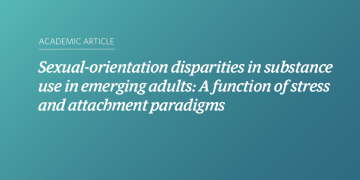
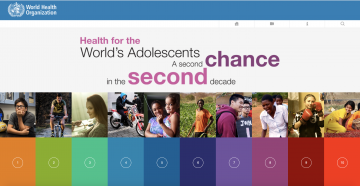
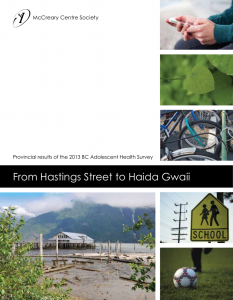
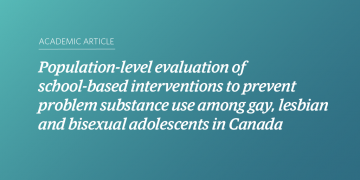

![Teal and blue gradient background with white text that says “Promoting positive mental health: risk and protective factors for youth who experienced physical and sexual abuse [abstract]”](https://www.saravyc.ubc.ca/files/2012/08/Promoting-positive-mental-health-risk-and-protective-factors-for-youth-who-experienced-physical-and-sexual-abuse-abstract_Twitter-360x180.png)
